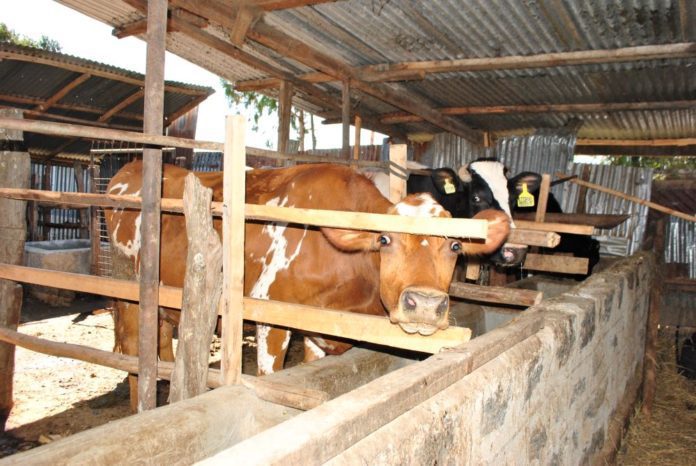The dairy industry in Kenya is a vital contributor to the country’s agricultural GDP, accounting for a significant 14%. In total, Kenya produces approximately 5.2 billion litres of milk annually, with cow milk making up 3.9 billion litres, camel milk 1.1 billion litres, goat milk 0.28 billion litres, and sheep milk 0.067 billion litres. It’s worth noting that smallholder dairy farmers – who own between 1 and 3 cows – produce about 80% of the total milk, providing livelihoods for over 4 million people and supporting the entire dairy value chain.
However, the industry faces a significant challenge in the form of seasonal variations in milk production, with high seasons resulting in surplus milk and low seasons causing deficits. This issue is compounded by smallholder farmers’ reliance on rain-fed agriculture, which can limit pasture availability. Despite these challenges, Kenya has the highest milk per capita consumption in Sub-Saharan Africa, with 78 litres per year compared to Uganda’s 65 litres.
Recently, the ongoing El Nino rains have resulted in a surplus of over 50 million litres of milk, putting pressure on processors to mop up the excess. The government has taken this issue seriously and has provided New KCC with funds to purchase, dry, and store the surplus milk as part of the strategic food reserve. This intervention will help stabilize the milk supply chain by ensuring that surplus milk produced during high seasons can be made available during low seasons.
The government’s commitment to the dairy industry extends beyond this intervention. They have introduced subsidy programs on BT cotton seeds and fertilizer, which indirectly support dairy feed production, and have removed taxes and levies on imported raw materials for animal feeds to lower the cost of production. The government has also invested Kes. 3.8 billion in modernization programs across several plants to enhance processing capacity and efficiency.
It’s clear that the government understands the importance of the dairy industry and is committed to ensuring its stability. By supporting smallholder farmers, investing in modernization programs, and providing strategic interventions to address surplus milk, the government is ensuring that the dairy industry continues to benefit all stakeholders along the value chain. This commitment will lead to a minimum milk price of Kes. 45 per litre and create a stable market for dairy farmers, strengthening the entire industry for years to come.
Simon K. Chelugui, EGH, CABINET SECRETARY COOPERATIVES AND MSMEs DEVELOPMENT





